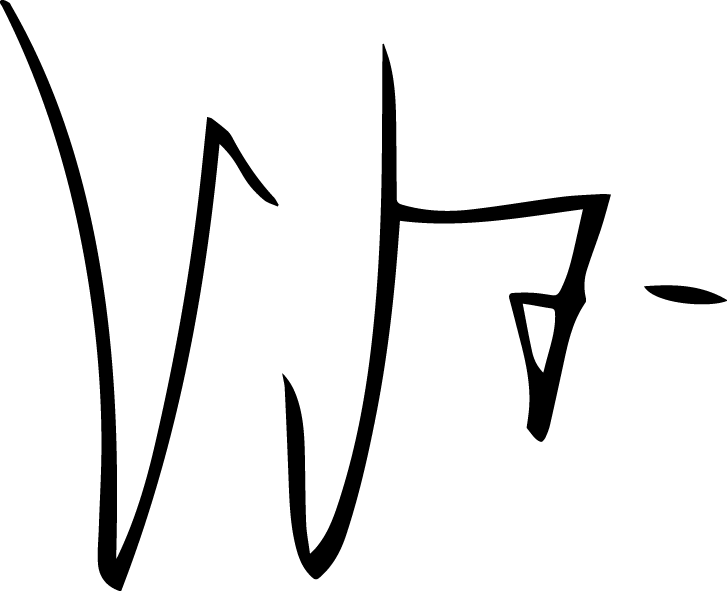STATEMENT
I believe in art as a way of gaining awareness and knowledge, not just as an aesthetic practice, but as a way of life. Since 2003, my “traveler’s gaze” has led me to explore nature and internal nomadism, rediscovering what is essential through observation and a deep connection with the natural world. Phytotropism, my instinctive pull towards plants, is my response to a constantly changing world, seeking a profound dialogue with nature.
Extended Version
I believe in art, creating awareness and collecting knowledge.
I believe in it not only as an aesthetic practice but also as a lifestyle.
I believe that every human being carries within him a nomad, an inheritance from Cain and Abel, with the need to move, re-discovering new horizons, apprehending and distributing knowledge.
Manifesto – Extended Version
Driven by this fundamental need, I found myself navigating through various concepts of travel, trying not to lose my way. In late 2003, I created my graduate work titled Territory, where I coined a first poetic phrase I called “the traveler’s gaze,” a curious and eager perspective, akin to that of a child.
As Marcel Proust said, “The true journey of discovery consists not in seeking new landscapes, but in looking with new eyes.”
Both the traveler and the child view the world with fresh eyes, and by observing through this lens, the world presents itself to us in a new way, merging objective reality with our subjective perceptions. Since then, this phrase has remained unchanged, merely evolving into a personal and creative search—perhaps a drive towards simplicity and nature.
In 2010, my body underwent a transformation at its core, an event that gave me the opportunity to celebrate a rebirth. It was, perhaps, this moment that allowed me to truly see the world with new eyes—resilient eyes. However, it wasn’t just my sight that was affected; my entire body embarked on a new journey of discovery, rediscovering what is essential.
I continue to be deeply passionate about this journey, finding it indispensable. But I no longer limit it to mere physical movement. The mind, too, takes us on journeys as we move within ourselves—through reading, letting ourselves be carried away by music, engaging in meaningful conversation, and, above all, witnessing art. Certain moments and things undoubtedly leave a mark.
These traces, when reinterpreted, are transferred to paper, particularly through the technique of frottage. Initially an archaeological method, frottage captures in detail and scale the state of an object, almost like a fossil of time’s passage. The act of taking a trace—of the place and of my hands—reveals the present material instantly. The weight of my hand supporting the graphite on the paper inscribes all the layers of time in that place. Memory is extracted from the fragment; the material on the paper becomes memory made tangible. Graphite, with its allotropy, serves as a revealing material. Its hardened carbon offers both a vegetal and mineral order, embodying the decomposition of bodies, immemorially buried, merged in peat and coal.
Through a process of selection and memory, I arrive at the creation of Anamnesis—artist’s books designed to process and present results as a contribution to cognitive elaboration. These ideas carry the concepts of nomadism, an important part of the development of cultural aesthetics since pre-Socratic times, when the role of a nomad as spokesperson was vital (Maffesoli, 2004). It also draws from dialectical processes, as proposed by W. Benjamin, in which images of popular and playful culture are explored. Frottage, in this context, becomes a sensitive dialogue, where images are suspended in dialectical tension, embodying the signs of history in intricate detail. These images are traces of a reconstructed history, drawn from daily elements within the indexical-divinatory paradigm (Ginzburg, 1994), reconnecting us to a primal human essence—a sharp observer, a hunter.
Each step in this journey towards the human essence leads me to take yet another turn, a new direction—this time towards the roots of all things: the vegetal.
As Albert Einstein said, “Look deep into nature, and then you will understand everything better.”
This quote serves as my response to the contemplation of plants as exemplary beings. This influence, my phytotropism, has led to a transformative shift in my thinking and perception of reality.
I now plant my sensibility within the plant world, to which I attribute a form of intelligence that transcends logic and intuition. I investigate their roots’ adaptability, the plasticity of their rhizomes, the repetition of their shoots, the utopia of their sexuality, the resilience of their inflorescences, the allure of their flowers, the receptivity of their leaves, and their communication with their environment. I increasingly trust in the undeniable intelligence of the plant world, where nature no longer relies on the concept of the individual but communicates in a broader, more interconnected way. They are parts of a greater whole.
The fruits of this process are my works, primarily two-dimensional, incorporating both figurative elements from plants (especially native ones that nourish us as integral food) and abstract elements that interact with the plant. My intention is not merely to represent the model but to open a window for the observer to see it through new eyes. The eyes of the observer, in turn, will always alter the result.
With the goal of making art as an expression of a sensitive vision of the world—one that can inspire, provoke, and even be contagious—I conclude that phytotropism is a form of expression that seeks a virtue, a positive effect. It has certainly done so in me, and it embodies an essential attitude: a rescue, a valuation, and a vindication of the original, of the natural.
